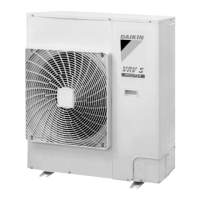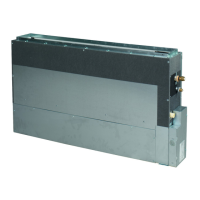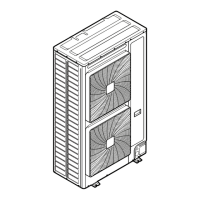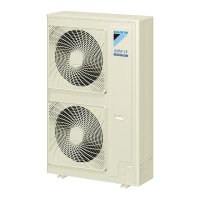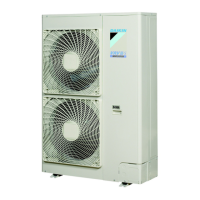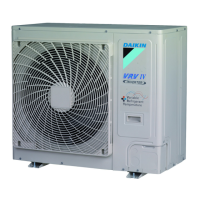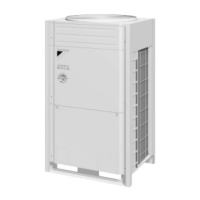
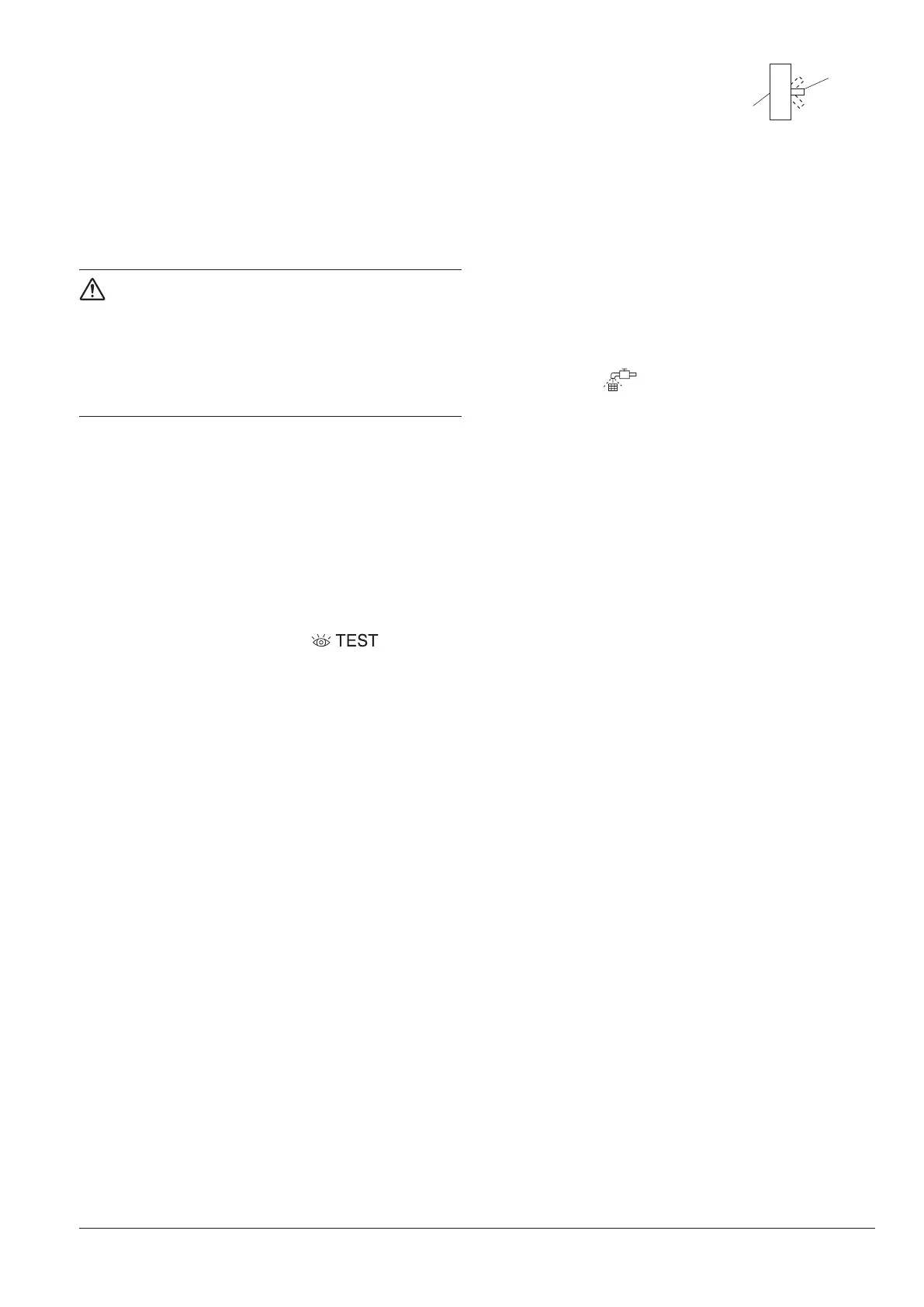 Loading...
Loading...




Do you have a question about the Daikin VRV Series and is the answer not in the manual?
| Type | Variable Refrigerant Volume (VRV) |
|---|---|
| Energy Efficiency | High |
| Refrigerant | R410A or R32 |
| Inverter Technology | Yes |
| Control | Centralized |
| Application | Residential, Commercial |
| Indoor Unit Types | Ceiling Cassette, Ceiling Suspended, Wall Mounted, Floor Standing, Concealed Duct |
| Outdoor Unit Options | Multiple Units |
| Noise Level (Indoor Unit) | 19 dB(A) to 45 dB(A) |
Explains the meaning of DANGER, WARNING, CAUTION, NOTICE, and INFORMATION symbols used in the manual.
Defines key terms like "Installation manual" and "Operation manual" for clarity.
Provides essential safety guidelines for operating and maintaining the air conditioner.
Provides an overview of the VRV heat pump system and its indoor units.
Illustrates the main components and connections within the VRV system.
Explains how to select and adjust operation modes like cooling, heating, fan only, automatic, and dry.
Details the program dry operation function for humidity reduction with minimal cooling.
Guides on how to adjust the air flow direction using different user interfaces.
Explains the procedure to designate a master user interface for system control.
Provides precautions for group control and dual user interface systems.
Provides steps for maintenance before the start of the operating season.
Details maintenance tasks to perform before the end of the operating season.
Describes common scenarios where the system appears not to operate but is functioning normally.
Explains why cooling or heating may not start immediately after system power-on.
Details reasons why fan strength might not match the selected setting.
Explains when the fan direction indication may not match the actual air flow direction.
Explains the phenomenon of white mist appearing from indoor or outdoor units.
Describes issues related to UI display "U4" or "U5" and temporary stops.
Describes various normal operational noises from indoor and outdoor units.
Explains why dust may be emitted from the unit, especially after first use.
Explains how the unit may absorb and emit room or object odors.
Explains that the outdoor unit fan speed is controlled for optimal operation.
Describes the "88" display as normal initialization for the user interface.
Explains why the compressor may not stop immediately after short heating operations.
Explains that the warm outdoor unit is due to the crankcase heater.
Suggests checking Program Dry Operation for cooling performance issues.
Explains that hot air may be felt when other units are running on the same system.
Guides on checking power, fuses, and breakers for systems that do not operate.
Troubleshooting steps for systems that stop after switching to cooling operation.
Provides checks for insufficient cooling or heating, including airflow and settings.
Details the warranty card and its importance for repairs.
Recommends professional maintenance and inspection contracts for optimal unit performance.
Lists recommended inspection and maintenance cycles for various components.
Identifies situations where maintenance and replacement cycles may need to be shortened.


